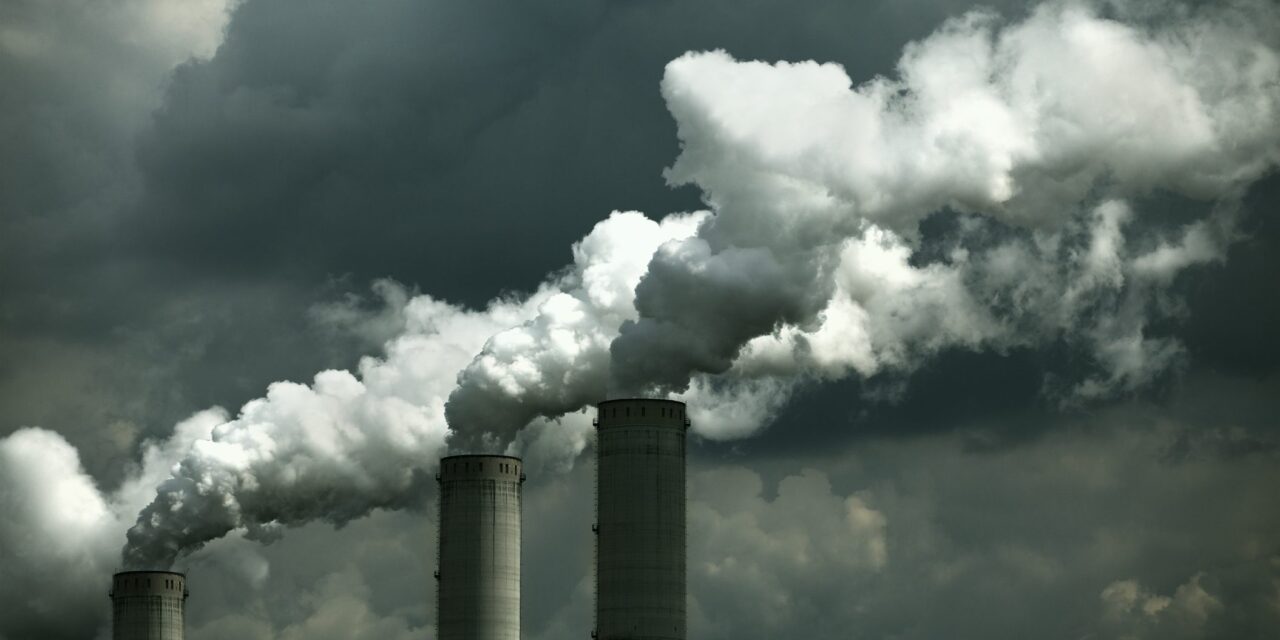This is the concluding portion of my recent trip to Panama with Sustainable Harvest. I’ve posted a diary a week if you want to see the others. So far we’ve visited and worked on several farms, working with the farmers and their families. SHI’s goal is to work with farmers by funding local extension agents and materials showing them sustainable, organic agriculture practices. This way both the environment and their standard of living are raised. On with the trip.
The next day is a boat excursion across another of the large lakes made by the construction of the Canal. This is a gathering of several communities who have been working with SHI for around 5 years. They live on a peninsula in a watershed with no road access. Everything comes in by small boats. The community we visited has given several `agri-eco tours’ and receives support from more than one organization although our work through the extension agent makes the biggest difference. The location is beautiful and the farms are more advanced. They have rice paddies, vegetable gardens, the root crops, some fruit, even some compost worm bins, and the people even look better off and healthier. Like, they have more than half their teeth. It’s still poverty and exisiting at a bare existence. I get to play soccer with some of the kids and they love that. An 8 year old nutmegs me. I don’t love that. Because they have some familiarity with groups coming through this is the first time I get the sense of a dog and pony show but it’s clear they appreciate the support, especially of Eric, the extension agent who lives in one of the communities. There is a woman with an exquisite face. Not so much sexy as beautiful and her eyes are incredible. I fade that afternoon and night with a fever.
By now we only have 3 days left. We fly to a town called David, on the coast close to Costa Rica and then bus 45 mins to the mountain town of Boquette. Clearly, a more upscale resort area with some Americans and Europeans in the mix. We’re into the tourist phase and a few of us, me included, go shopping. Can’t resist two beautiful dresses for my granddaughter Sophia (probably for when she is 2 but so what). There are rumors that Pamela Anderson and Disney are both looking for land. Let’s hope neither is true. The area reminds me somewhat of New Mexico but with more greenery. The next day we tour a coffee plantation and take a hike to look for the seldom seen quetzal bird. The forest and mountain views are beautiful. We have a guide who imitates the bird call. I go on ahead and imitate the guide. People in the group think it is the bird so maybe it wasn’t too bad. I catch an entirely too brief glimpse of something that might have been a quetzal but others do get a good view. Oh well, the trip is not about that. The farm owner is engaged by one of our American organic farmers and they have a lively discussion on the merits and possibility of organically grown coffee. To his credit, the American is going to come back when he goes to Costa Rica in March. This coffee farm was voted best in the world two years ago so if we make a convert that would be something. We go back to Panama City, a farewell dinner and folklore show followed by a few hours of sleep prior to departure to the States.
Certainly the people, both from the farms and SHI have been the highlight of the trip for me. The work SHI does, to uplift farmers, to make their lives and farms more sustainable is gratifying. So let’s summarize this trip and the sample of hope it represents. The goal is to change hunger into plenty while turning eroded, desert type land into an oasis. By halting the destruction of the forests (the world’s lungs) and planting trees that will benefit the farmers, the environment is being restored. By hiring and working through local ag extension agents, providing them materials and training, SHI is able to reach hundreds of farming families in four countries but they would like to reach thousands.
This is definitely a `grassroots’ effort, from the ground up, working through the people and the plants fostering change and progress. There is no doubt that if the environmental degradation of the Americas can be turned around, the planet has hope. According to their own agriculture department, almost 30% of Panama has been `deforested’ and `slash and burn’ is still the standard operating practice. In fact, I recently heard a radio report on American farmers moving to South America and developing farmland there. The potential for corporate style farming exists and it is a threat not only to the environment but would likely reduce the farmers to even more of a serf status.
There’s another factor at work here. A little goes a long way in Central America. SHI is working in four countries. It only takes $50 to help convert half an acre to sustainable farming practices, $300 to support a farming family changing their farm to SHI standards and $15,000 supports an extension agent for a year working with 40-70 families (including travel and materials). This is a great return on investment when one compares that to what we can do in the US. $15,000 might be enough to install solar or wind at one house. One. Protecting thousands of acres a year and establishing organic gardening gives us all hope. To see the enthusiasm and willingness of SHI members is compelling but I hope at the end of the day as they say, it is the earth that will find some relief in our work. Without a change in our approach to the environment and agriculture we face a greater change in the environment. There is little time left to make a difference. Once again, it’s up to us. www.sustainableharvest.org




